At the first glance, Digboi, in the Eastern Part of Assam, looks like a small sleepy town without any charm or tourist attractions. The busy markets, honking of the cars, careless commuters, traffic jams..it is just like any other town in India. The only noticeable thing is a high boundary wall running parallel to the main road while going from Digboi to Margherita.
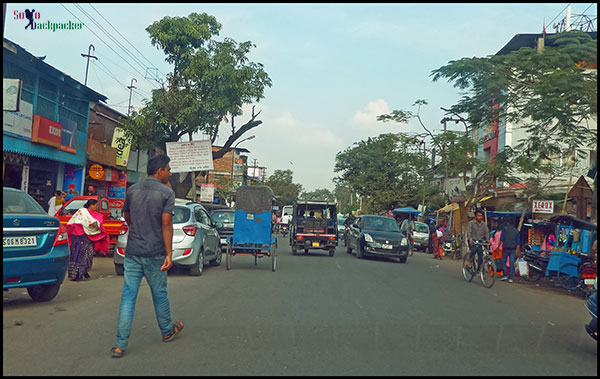
History of Oil Industry in India
The high walled enclosure of Digboi is an important milestone of Oil Industry in India. Once you get slice of the history in the bylanes of Digboi, start exploring it again with a different perspective and it surprises you with the memories of the Raj, The British Raj. The huge bungalows, a pretty church, a war cemetery of World War II, one of the finest golf course from the British Era..travelling through the colonial past of the town has a strong aura of Digboi’s glory. Much of its glory is slowly faded away from the people’s memory.
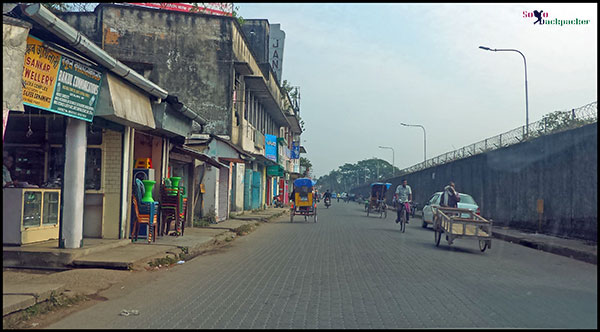
Digboi’s date with Oil started many years ago in beginning of the 19th century, actually accidentally. The present day Digboi was once completely covered with dense rain forests and swampy ground, where the only thing available in abundance was the wood. It was actually due to the wood, the story of Digboi finally began.
The Tea plantation was slowly gaining momentum in the beginning of 19th century in the Eastern Part of Assam. The Tea Planation led to the demand of the power. The easily available source of the power was only few miles away from the tea plantations, at the Makum Coal Fields. The fate of Digboi was lied in that transportation link between the Tea Estates and the Coal Fields.
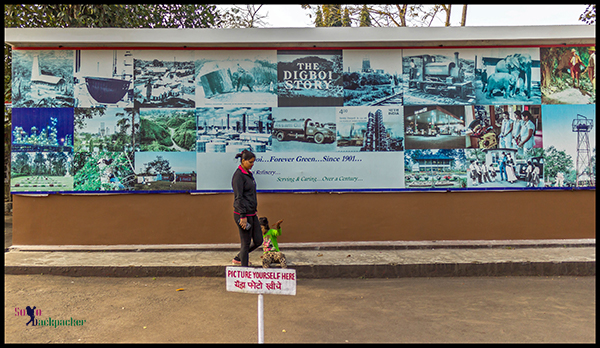
It was decided by Assam Trading and Transport Company to start a railway link between the Coal Fields and the Tea Estates, so that the transportation of the coal could be effectively carried out. The area around Makum was covered with the dense forests, so the wood was easily available in abundance. It was very helpful to lay down the railway track effectively through the rain forests and swampy lands.
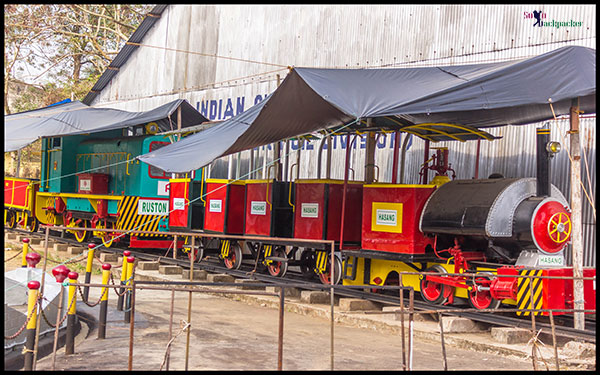
While laying down the railway line through the forests near present day Digboi, the railway workers were using Elephants to transport the wood from one place to another. One day, they noticed the oil spillage on the elephant’s feet. That was the first trace of Oil in Assam.
Whether this story is authentic or not, but soon after that, Mr. Goodenough of Mckillop from Stewart and Co obtained permission and started boring the first well near Jeypore. It was bored by hand upto 102 feet, but the effort was not fruitful and the bore was left abandoned. Later, in 1867, he struck oil at 118 feet, and rest was only the history for Oil Industry in India.
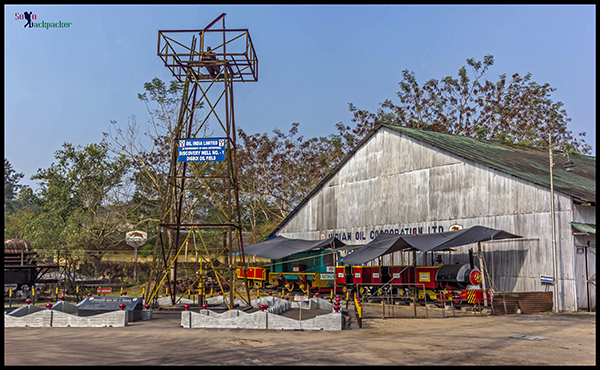
From that moment onwards, India’s quest with liquid gold had been started. In 1888, Assam Railway and Trading Company got a licence to extract oil in the deep forests, which later became the site of modern day Digboi. In 1889, Oil was struck at Digboi at a depth of 178 feet. The English officer was instructing his workers to dig hard and fast by urging them “Dig-Boy-Dig”, giving the name to the place as Digboi. The historic site is still standing tall as a piece of museum in Digboi Oil Museum, marking the beginning of oil discovery in India. A small refinery unit was also set up at Margherita in 1893.
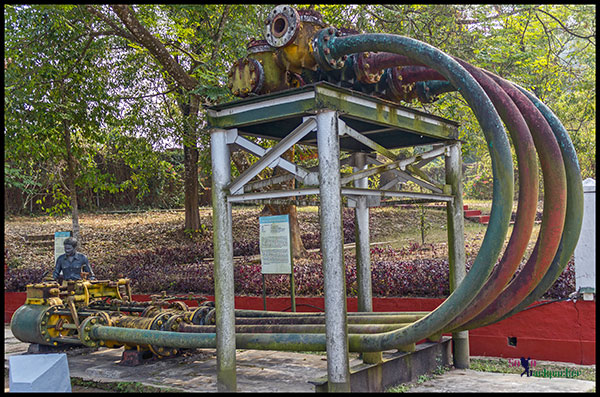
By that time, Assam Railway and Trading Company was dealing with many businesses including tea, coal, railways, plywood and brickfields. It was decided to develop the oilfields under a separate organisation, thus in 1899, a separate entity was promoted as Assam Oil Company with its headquarters at Digboi. Soon after, began the construction of India’s first refinery, the Digboi refinery.
It was commissioned in 1901 by merging small Margerita refinery in it. It was, in fact, the first refinery of entire Asia. The newly formed Assam Oil Company wasn’t having the required expertise and skills to run the refinery. Thus, in 1921, Burma Oil Company (B.O.C) took over the charge to run Digboi Refinery and it was entirely rebuilt in 1923. The refinery was running smoothly for many years, and the company also made some major discoveries in Narharkatiya and Moran area.
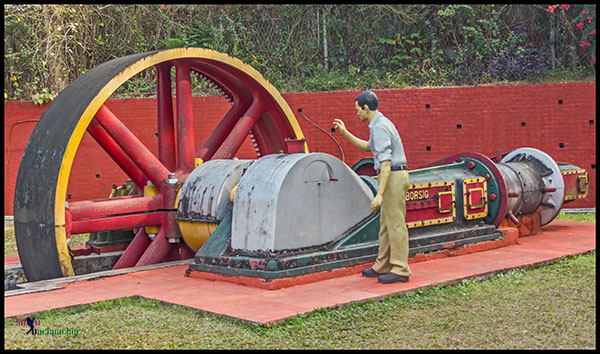
In 1959, another company was floated as Oil India Ltd with a joint partnership of AOC/BOC and Government of India to look after the oil business in Assam. In 1962, the headquarter of the company was shifted from Digboi to Duliajan. Later, in 1981, Oil India Limited became a full-fledged public sector undertaking, with its headquarter at Duliajaan.
Another part of our Road Journey through Eastern Assam: Doom Dooma Tea Gardens and Dhola Sadiya Bridge
In 1981, the Digbio refinery, along with all marketing assets of Assam Oil Company, was vested with Indian Oil Corporation. The refinery is still running from its first location in the walled enclosure of Digboi, under the brand name of Assam Oil Division of Indian Oil Corporation. This is how Digboi shaped the history of Oil Production in India.
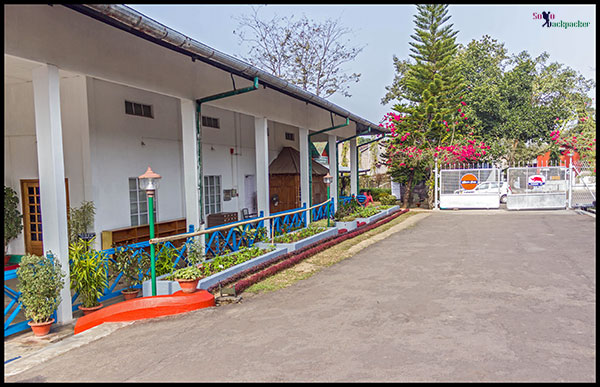
Places To Visit in Digboi
The major attractions to explore in Digboi Town are:
Digboi Refinery
The town is most famous for its oil refinery, one of the oldest operational oil refinery in the world. It is also the site of first commercial oil production in Asia. Special permission is required to visit the refinery. I couldn’t able to visit the refinery. But, the Oil Museum, in a corner of the refinery, is open for the public.
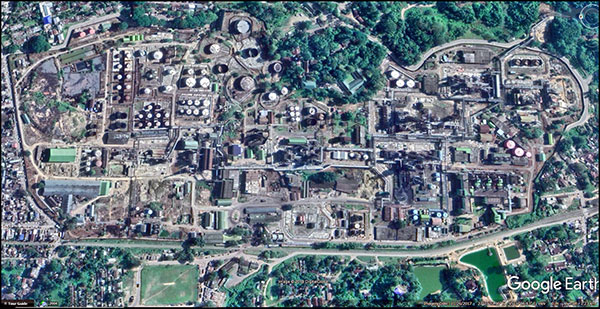
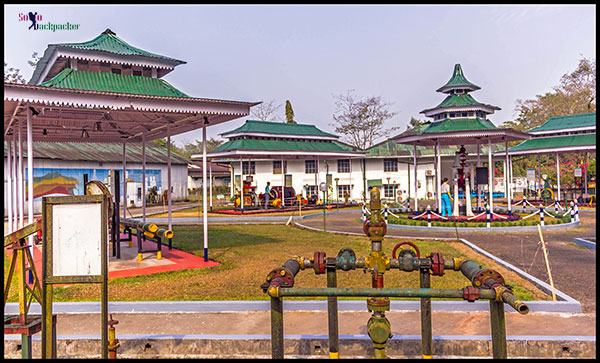
Digboi Oil Museum
As part of the centenary celebrations of the first production oil well in India, the Assam Oil Company (part of Indian Oil) established a museum of the history of the Assam oil industry, behind the refinery at Digboi, which opened in early 2002. The museum has a wealth of information on the oil exploration in India. It remains closed on Monday for the visitors.
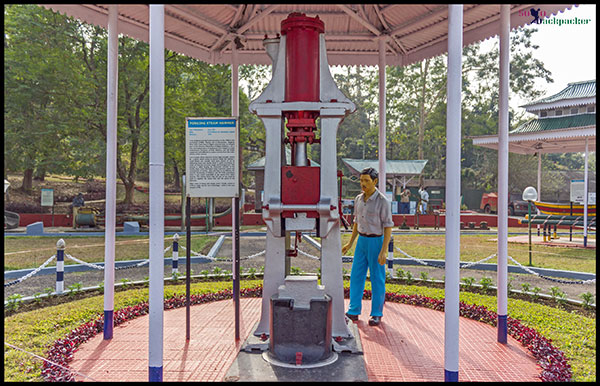
The main attraction of the museum is Well No. 1, the first well to produce commercial oil in India. The museum also displays an old style petrol pump with a British couple as customers in a period car, the equipment used in oil exploration like duplex pumps, steam hammers, engines, a steam locomotive train and many other items of oil extraction and refinement.
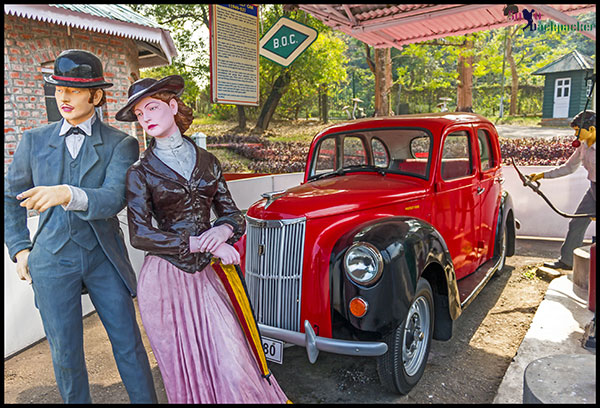
Near the open air museum, there is a big hall displaying the various phases of oil history in India on its walled panels. The walled panels present an insight into the past and present of the petroleum industry in Digboi.
Digboi Golf Course and British Bungalows
A 18-hole golf course, considered as the best one in the North East India, is there in Digboi. Surrounded by Dehing forest reserve from three sides and green hills on the fourth side, the golf course offers a beautiful vista of the nature. A number of major tournaments are held at Digboi golf course every year.
Check this beautiful village in Meghalaya: Mawphanlur, A Little Known Paradise in Meghalaya
The British sense of aesthetics can be seen in classy, comfortable huge bungalows on the hillocks in Digboi. Raised on stilts, these bungalows were commonly called Chang Bungalows. Chang is the local word for this kind of a raised structure.
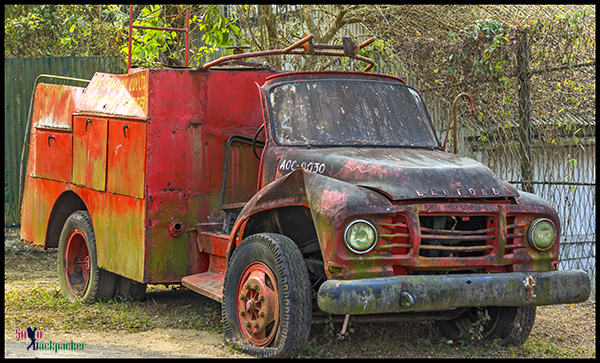
Digboi War Cemetery
The war cemetery dating back to World War II is approx 1.5 kms away from the town. There in the cemetry rest the souls of warriors who lost their lives during Second World War braving the attack of Japanese. It was originally set up on a hillock, but destructed by a major earthquake, that forced its sifting to the present location. Every year, a memorial service is held to pay tribute to those soldiers who lost their lives. Known as the Remembrance Day, it is an annual feature of the Digboi life.
Dehing Patkai Sanctuary
Digboi is surrounded by a dense forest having some unique and interesting wildlife in abundance. The forest area is known as Dehing Patkai Sanctuary and extended up to the Patkai Hills near the Myanmar Border. Dehing is the name of the river that flows through this forest and Patkai is the hill at the foot of which the sanctuary lies. The Dehing-Patkai was declared as a Wildlife Sanctuary in 2004. The rainforest harbours about 40 species of mammals and nearly 38 family groups of western Hoolock Gibbon, 293 bird species, belonging to 174 genera and 51 families. It is also one of the most important forests of Assam in terms of orchid diversity.
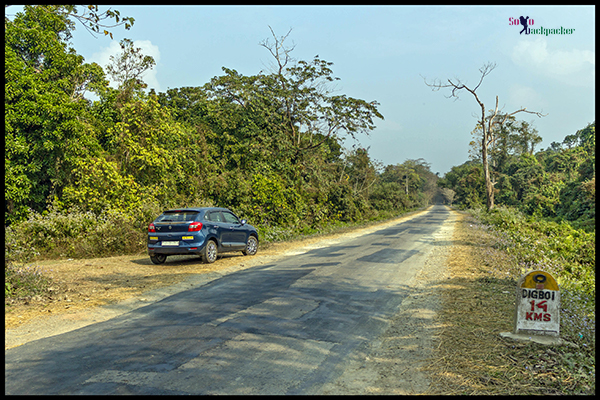
Most of the people in the town are immigrants from the other places in India, whose ancestors settled here to give a shape to the oil, tea and coal production in India. In terms of Travel, very few people visit Digboi as a tourist. Many foreigners come to this place to trace out their roots in the historical town, where their ancestors worked on the various project ranging from oil production, tea plantation to the construction of the Stilwell Road to the heroics of the World War II.
Read about Stilwell Road: Legacy of The Stilwell Road
Digboi is getting old day by day in the history, but it is still alive and kicking hard to preserve its legacy with the rapidly changing modern world.




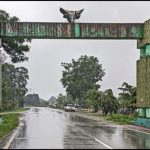



A brief but well-written blog on Digboi. I was born and raised there but left the town some 20 years ago. I heard there is a decline in population since the oil business is in a slump. The legacy of the British Raj and the rich oil history are the two important things Digboi must preserve to remain a viable town.
very interesting read. thanks for putting it up, else wouldn’t have known about such a rich history of India’s oil industry
Sweet description. Took me back to the good ole days when I used to cycle through the town, go swimming in Digboi Club, learn Lawn tennis on the grass courts, have lemonade drinks after a swim and so on. Cycling at high speeds with prying eyes looking out for uncle’s cars who might complain to my parents! Shillong Road, Digboi Golf course are vivid memories! Nostalgic memories since I left for higher studies way back in the late seventies. Clear memories of Bungalow numbers 47 and 42 where we stayed during our childhood. Have crystal clear memories of those dwellings even now. Peaceful, serene, cool weather…God’s own land indeed. Remember Digboi Hospital where I was born and even worked there for more than a year and half under my own late father’s stewardship in the late eighties. I can really go on and on. Feel proud to be labelled a Digboian!!
Thank you for sharing your memories from Digboi. It’s indeed a nostalgic feeling going back to the memory lane.